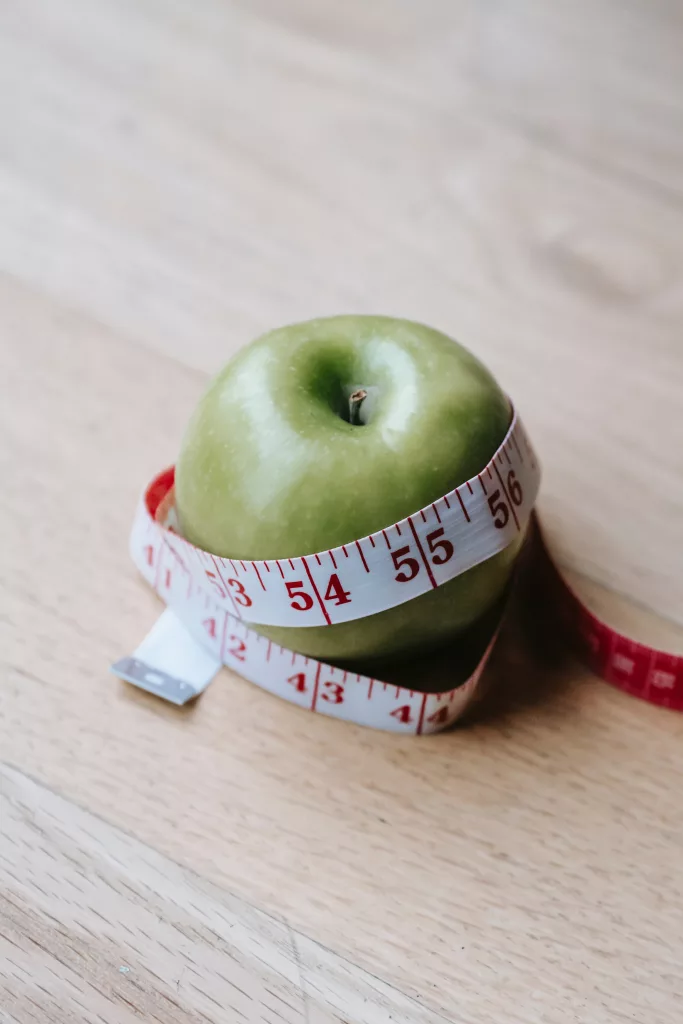
In our fast-paced modern world, it’s easy to get caught up in the chaos of our daily lives. Rushing from one task to another, we often neglect to pay attention to one of life’s most basic and essential activities: eating.
However, by practicing mindful eating, we can bring a newfound sense of awareness and appreciation to this fundamental act, ultimately transforming our relationship with food and nourishing both our bodies and souls.
Here are a few reasons why you should practice mindful eating:
1. Cultivating Awareness
Mindful eating is all about being fully present and engaged in the act of eating. It involves paying close attention to the sensory experience of food, such as its taste, texture, and aroma. By slowing down and savoring each bite, we can truly immerse ourselves in the present moment and become aware of our body’s cues of hunger and satiety.
2. Enhancing Digestion and Nutrient Absorption
When we eat mindfully, we give our bodies the opportunity to fully digest and absorb the nutrients from the food we consume. By eating slowly and chewing our food thoroughly, we support proper digestion, allowing our bodies to extract maximum nourishment from the foods we eat. This can lead to improved nutrient absorption, enhanced energy levels, and better overall health.
3. Building a Healthy Relationship with Food
Mindful eating helps us develop a healthier relationship with food by fostering a non-judgmental attitude towards eating. Instead of labeling certain foods as “good” or “bad,” we approach our meals with curiosity and self-compassion. By listening to our body’s signals and honoring our cravings without guilt or shame, we can make choices that truly align with our physical and emotional needs.
4. Overcoming Emotional Eating
Emotional eating often stems from using food as a coping mechanism for stress, sadness, or boredom. Mindful eating teaches us to tune in to our emotions and identify our true hunger cues. By becoming aware of our emotional triggers, we can develop healthier strategies for dealing with our feelings, such as engaging in self-care activities, practicing mindfulness meditation, or seeking support from loved ones.

5. Weight Management and Intuitive Eating
Practicing mindful eating can also support weight management goals by helping us recognize the difference between physical hunger and emotional cravings. When we eat mindfully, we are more likely to eat until we are satisfied, rather than overeating due to external influences or emotional triggers. This fosters a sense of intuitive eating, where we trust our body’s signals and make food choices based on what truly nourishes us.
How to practice mindful eating?
Practicing mindful eating can be a powerful tool for reconnecting with our bodies and fostering a healthier relationship with food. Here are some tips to help you incorporate mindful eating into your daily life:
- Slow down: Take the time to slow down and savor your meals. Eat at a relaxed pace, allowing yourself to fully experience the flavors, textures, and smells of the food. Put down your utensils between bites and chew your food thoroughly.
- Engage your senses: Before you take your first bite, take a moment to observe the appearance, aroma, and colors of your food. As you eat, pay attention to the flavors and textures as they evolve in your mouth. Engaging all your senses can enhance your eating experience.
- Minimize distractions: Create a calm and focused eating environment by minimizing distractions. Put away electronic devices, turn off the TV, and find a quiet space to enjoy your meal. Eating without distractions allows you to fully concentrate on the act of eating.
- Listen to your body: Tune in to your body’s hunger and fullness cues. Before eating, check in with yourself to assess your level of hunger. As you eat, pay attention to how your body feels and stop eating when you start to feel satisfied, rather than waiting until you are overly full.
- Practice gratitude: Cultivate an attitude of gratitude towards your food. Before you begin eating, take a moment to express gratitude for the nourishment it provides. Reflect on the journey of the food from its source to your plate, appreciating the efforts of those involved in bringing it to you.
- Notice emotional triggers: Be mindful of emotional triggers that may lead to mindless eating. Pause and ask yourself if you are eating out of physical hunger or in response to an emotional need. Find alternative ways to address emotions, such as engaging in self-care activities, journaling, or talking to a supportive friend.
- Choose quality over quantity: Focus on the quality of the food you consume rather than the quantity. Select whole, nutrient-dense foods that provide nourishment and support your well-being. Mindful eating encourages you to savor smaller portions of high-quality food, rather than mindlessly consuming larger quantities.
- Practice self-compassion: Approach your eating habits with self-compassion and without judgment. Be gentle with yourself if you find it challenging to eat mindfully at first. Remember that mindful eating is a practice, and it takes time to develop the habit. Celebrate your progress and be patient with yourself along the way.
Remember, mindful eating is not about strict rules or restrictions. It’s about cultivating awareness, listening to your body, and nurturing a positive relationship with food. By incorporating these tips into your daily routine, you can begin to experience the transformative power of mindful eating.
The Bottom Line
In a world that often encourages mindless eating and an unhealthy relationship with food, practicing mindful eating can be a transformative experience. By cultivating awareness, enhancing digestion, building a healthy relationship with food, overcoming emotional eating, and embracing intuitive eating, we can nourish our bodies and souls in profound ways.
Mindful eating is not just about what we eat but how we eat, bringing us back to the present moment and reminding us to savor the simple pleasures of life—one mindful bite at a time.
Did you find this helpful? Let us know in the comments.
You can also visit our Facebook and YouTube pages to know more about plants and their health benefits.
You might also like:








